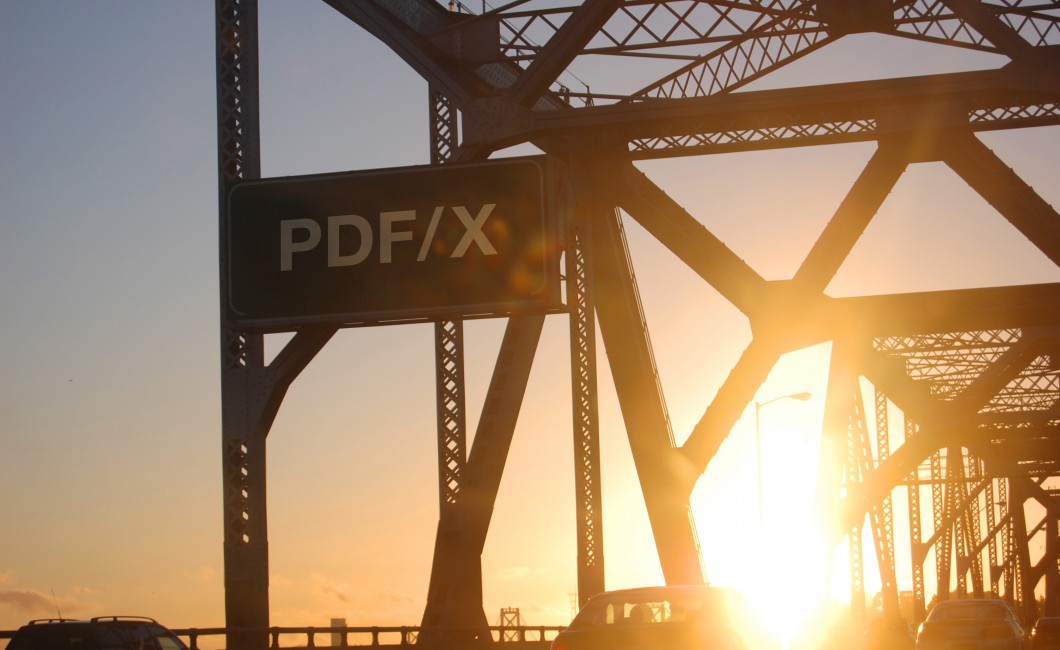Although PDFs are ubiquitous these days, not all PDFs are created equal.
When dealing with files to be output by a printer, the generic PDF should be bypassed for the PDF/X format.
The PDF/X format is more than just an alternative—it is specifically developed as a standard for the printing industry. This benchmark allows print service providers to confidently process the data due to the “control” factors built in with the nature of the blind exchange transaction between the designer and the printer in mind.
The printing process is a journey. Think of the PDF/X as your map required in order to arrive at your final printed product. Providing a reliable file of your content geared specifically for print is a sure-fire way to streamline the voyage. You want to avoid any errors or mishaps since that will require further work and re-processing. Mistakes at this level can become expensive.
The main purpose of PDF/X is to smoothly facilitate graphics exchange.
So what is the difference under the hood between a PDF and PDF/X? On the surface, they appear quite similar, but the generic PDF label is not robust enough for a high resolution finished product. For a PDF/X, all required resources for a detailed quality reproduction are embedded, such as fonts, output intent, bleed and trim and if applicable, trapping is defined. Conversely, the extraneous elements, not necessary for print, such as 3D rendering or video are removed. Along with other non-printing elements which have caused problems in the past: security and annotations.
The PDF/X model has grown with the demands in print, namely the packaging industry has fueled many of the advances in the development of PDF/X. Currently, PDF/X-4 or PDF 1.6 has resolved the transparency flattening issues plaguing earlier models. Optional content control fulfills the need for multiple versions of a single file to allow for different language output and layer control options. PDF/X-4 also supports XML-based metadata and JBIB and JPEG2000 compression. Finally, reliable rendering standards based on the PDF/A model are reinforced.

There is a comparable measure between flexibility and reliability that must be taken into consideration when moving from a virtual representation to hard copy. Where submitting a copyedit scan was regarded as a rigid representation versus providing the native application as the most flexible, and therefore, should only be considered when changes or revisions are in order, the PDF/X is the safest and most direct route to your desired destination.

